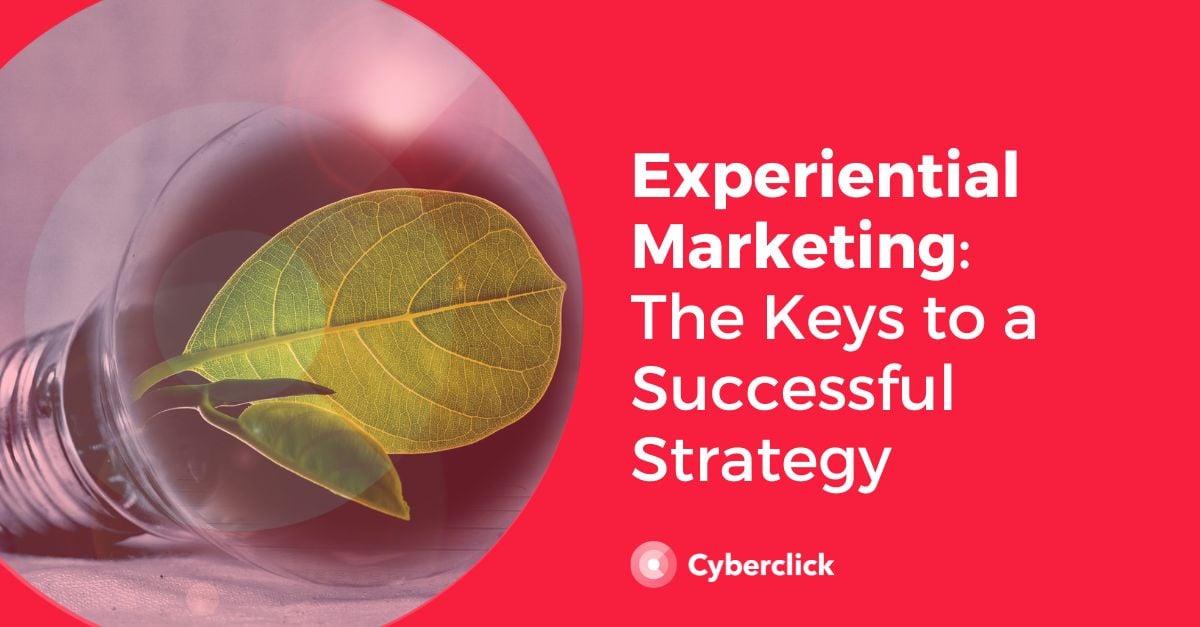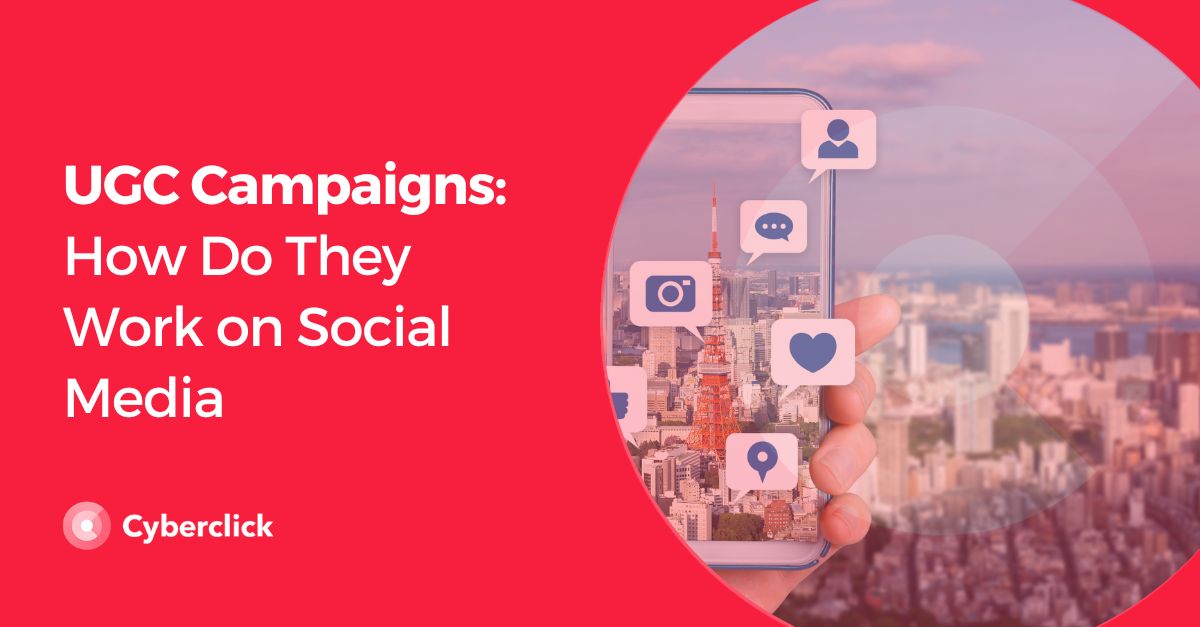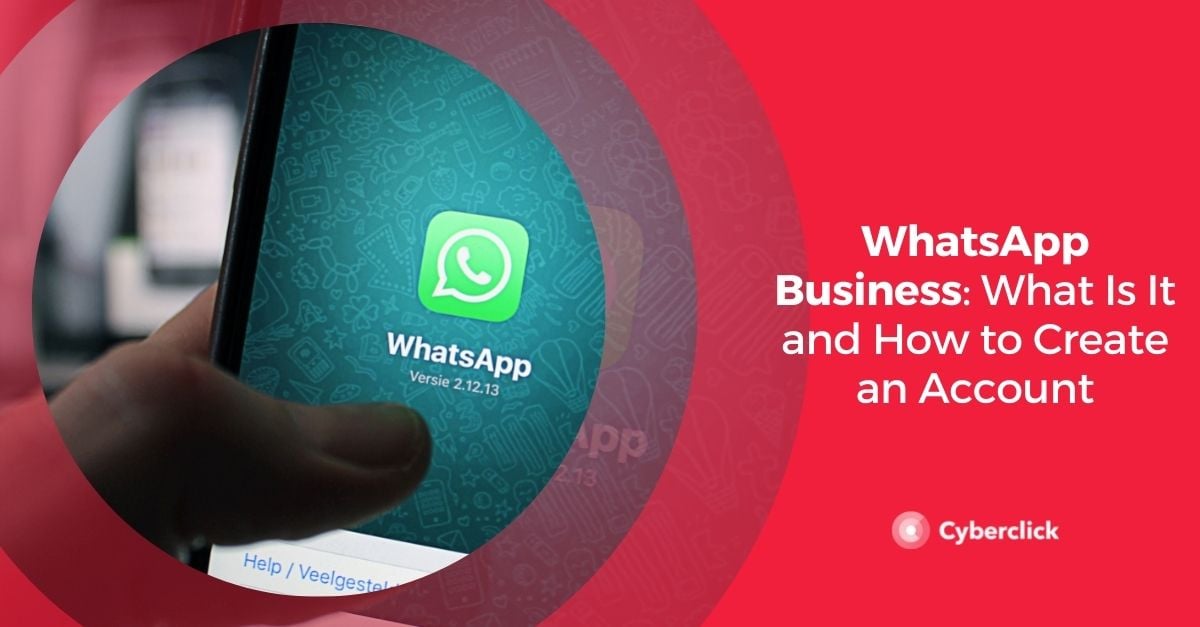One of the keys to 21st-century marketing is that consumers prefer to invest in experiences rather than in material objects. In the age of social media, this is truer than ever: we want to have experiences that can be shared with others.
For companies, this is a great opportunity to connect with an audience, create unforgettable moments, and generate brand recall. This is known as experiential marketing.
What Is Experiential Marketing?
Experiential marketing consists of creating experiences that connect the consumer with the brand in a creative way so that they generate an emotional bond. These are some of its key characteristics:
- Experiential marketing is not based on the product or the brand, but on the customer's perceptions and emotions. In fact, in the last section of this article, we will see examples of experiential marketing campaigns in which the product does not appear.
- Experiential marketing seeks to address the senses to generate sensations and emotions in the customer. It often includes elements of sensory or nostalgia marketing.
- In experiential marketing, the brand doesn't seek out customers – it creates experiences that lure customers in.
- Experiential marketing provides a different kind of value that goes beyond the brand's products and services since it generates an emotional connection designed to foster longer-term loyalty.
How to Develop an Experiential Marketing Strategy
-
Study your target audience. As in any self-respecting marketing action, the first thing you have to do is to find out what the users you want to reach are looking for and what they want. What emotions does your brand currently generate and which ones would you like to generate?
-
Define your objectives. In order to measure the success of the campaign, you have to determine a series of KPIs (Key Performance Indicators) that are linked to the overall business objectives of your company.
-
Calculate the budget and ROI you need to make the investment profitable.
-
Design the brand experience. This is where the creative part of the plan comes in: designing an experience capable of impacting and surprising your audience. It should be in line with your brand values.
-
Measure the results. Finally, using the previously defined KPIs, you will have to evaluate the campaign's performance and draw conclusions for future experiential marketing actions.
How to Develop a Successful Campaign
These tips will help you create the relationship you are looking for with the consumer and make your experiential marketing campaign a success:
- Experiences: Experiential marketing seeks to help potential customers "live the brand". To achieve a truly memorable experience, you need to be very clear about who you are targeting and which element of the experience adds value to your strategy.
- Sensations: This type of marketing appeals to the audiences' senses. You can look for creative ways to incorporate other senses into your experience to stimulate brand recall.
- Emotions: Consumers' relationship with brands is not only rational; there are feelings involved. Therefore, you must seek to generate and reinforce positive feelings associated with the brand.
- Thoughts: Emotions play an essential role in the purchasing process, but you can't forget the rational side. The experience you design must relate your brand to the customer's problems or pain points and offer ways to solve them.
- Relationships: The ultimate goal of experiential marketing is to generate a close relationship between potential customers and a brand, which can later lead to conversions and long-term loyalty.
3 Examples of Experiential Marketing Campaigns
1. Red Bull
Red Bull's "Jumping From Space" campaign has gone down in marketing history, and deservedly so. In 2012, the company sponsored an epic mission: Felix Baumgartner's world-record-breaking free-fall jump from almost 39 kilometers into the stratosphere. By doing this stunt, Red Bull managed to convey its message of self-improvement in a very powerful way and thrill a large part of the planet with an action that also broke records in terms of virality.
2. Lean Cuisine
This brand of healthy frozen products decided to break with the diet culture and launch an experience based on values that matter more than the weight on the scale.
In its "WeighThis" campaign, the brand placed a series of "scales" in New York's Grand Central Station and invited women to "weigh themselves." But instead of displaying their weight, the scales had little chalkboards where women could write down the accomplishments they wanted to be truly measured for, such as returning to college at 55 or caring for 200 homeless children a day.
By doing this, the brand managed to differentiate itself from other brands promoted as healthy and convey its values without needing to show a single product.
3. Lululemon
For Pride month, Lululemon launched the "Proud & Present" campaign, which combined social media and in-person events in a very effective way.
Lululemon asked its employees to reflect on issues relevant to the LGBTQ+ community. In addition to sharing their responses on Instagram throughout the month, she also created an art installation in a New York park based on them and a benefit yoga class at the same location.
What do you think of these campaigns? Are you ready to give experiential marketing a go? Let us know in the comments!
Responsable de la estrategia de contenidos y visibilidad en Cyberclick, con enfoque Allbound y especialización en posicionamiento SEO, GEO y automatización con IA. Gestión avanzada del CRM con HubSpot: base de datos, workflows, lead nurturing, scoring y reporting. Experiencia en marketing digital, comunicación corporativa y periodismo, uniendo estrategia, creatividad y tecnología para captar y convertir leads cualificados.
Responsible for content and brand visibility strategy at Cyberclick, with an Allbound approach and specialization in SEO, GEO (Generative Engine Optimization), and AI-powered automation. Advanced HubSpot CRM management: database segmentation, workflows, lead nurturing, scoring, and reporting. Background in digital marketing, corporate communications, and journalism—combining strategy, creativity, and technology to attract and convert qualified leads.







Leave your comment and join the conversation